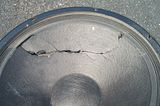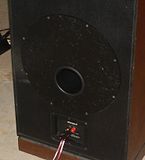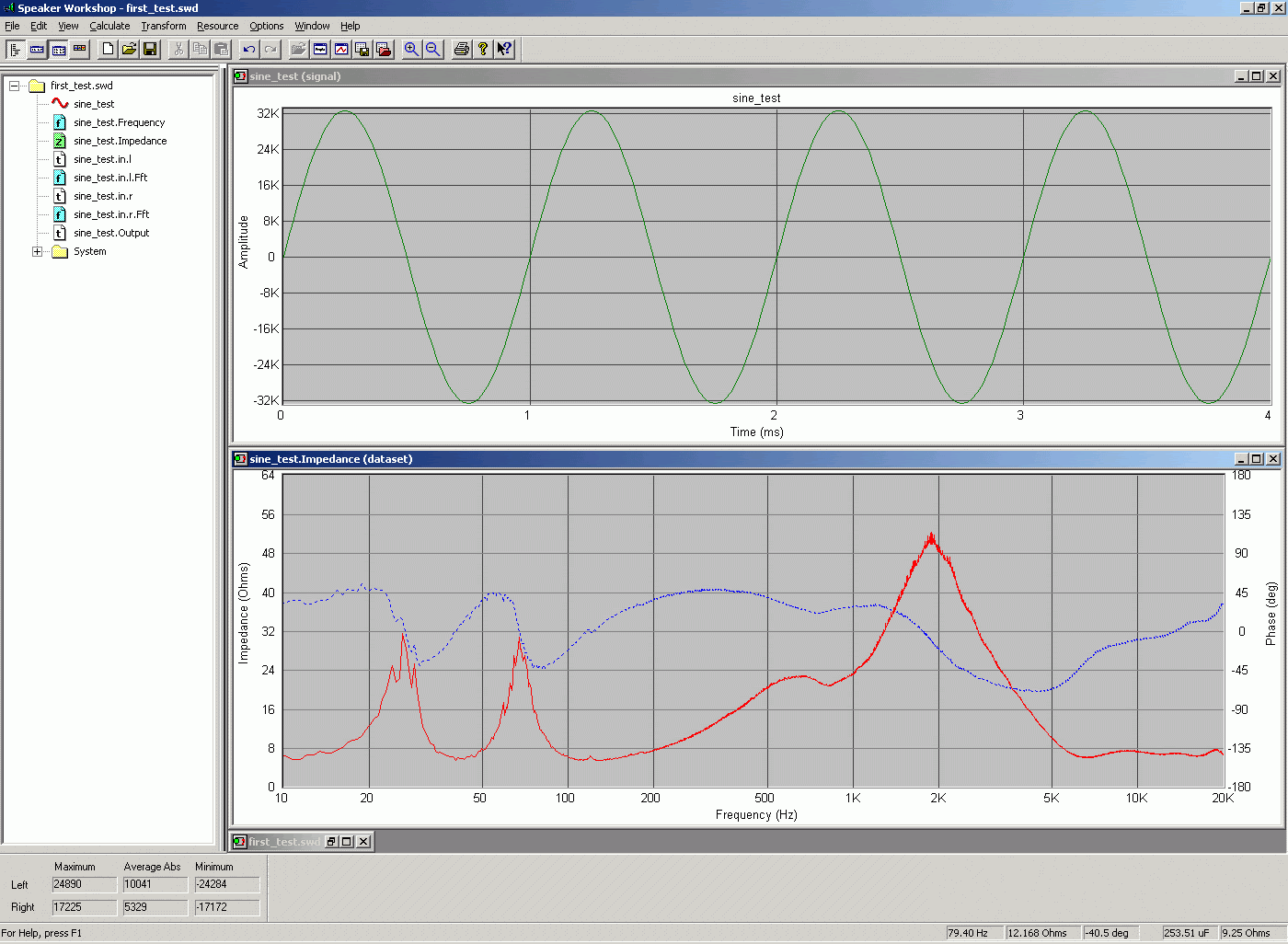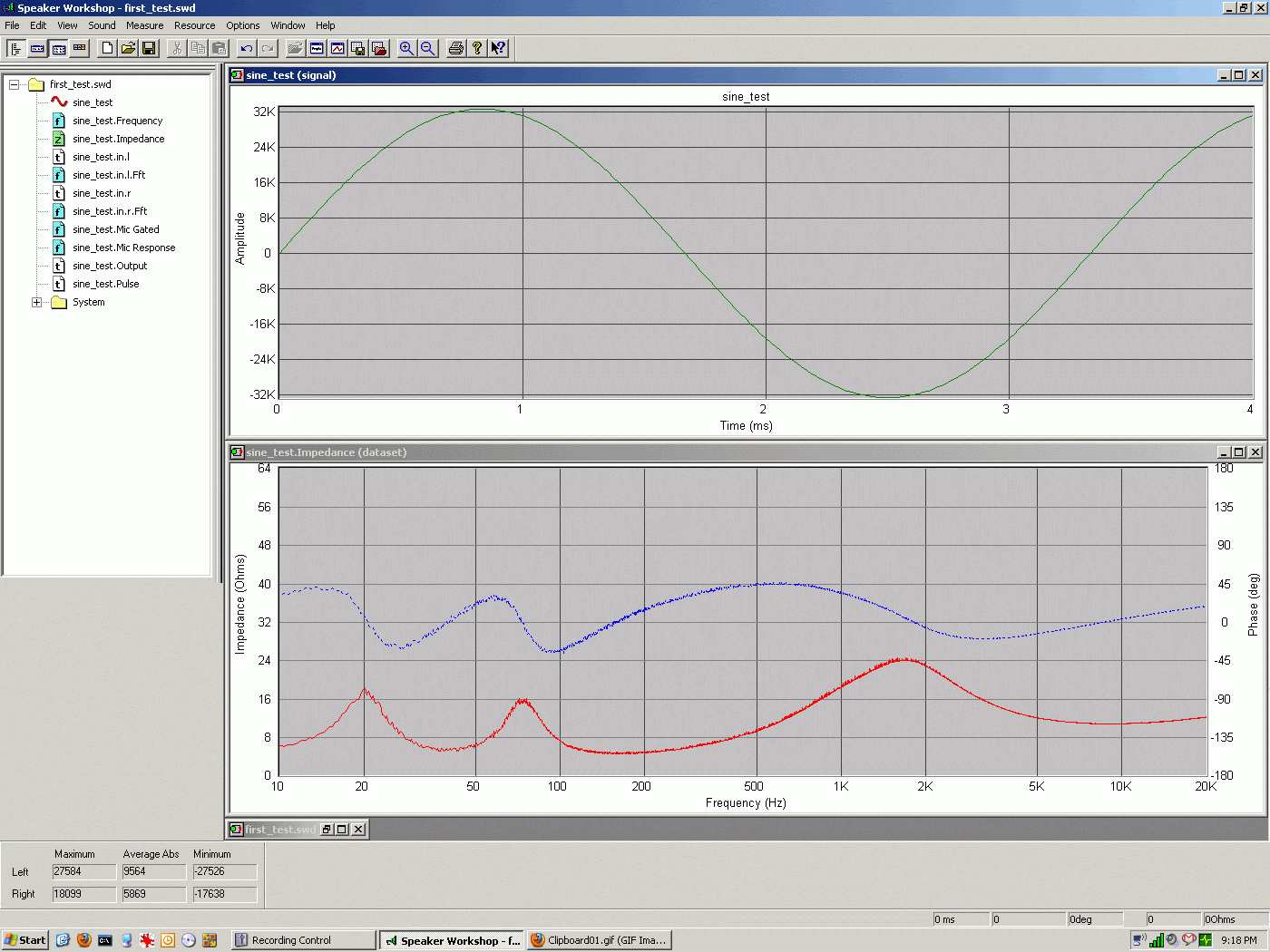I've never listened to a set of Chorus I, but it's my understanding that the "ports" are too short. If you do the math, the port frequency is somewhere upwards of 60 Hz. It should be closer to the Fs of the driver, somewhere in the mid 30 Hz or so. The net result is that the first gen Chorus ought to have a bump of a few dB somewhere around deep C, and then roll off quickly after that. The Chorus II shouldn't exhibit that bump, but should be flatter and go down just a little farther. We're only talking about a couple dB across 5 keys on the piano here, maybe a half octave at most.
For the Chorus I, it would be crazy easy to cut a PVC or cardboard tube to the "correct" length and then wedge it into the hole. I don't have the equation handy, or I'd calculate the length right now. For testing purposes, install the tube with the long end hanging outside the cabinet - only the length is important, not where the port is located. If you didn't like it, you could always yank it back out. Maybe find a tube that's a hair smaller than the hole, and wrap tape around the end to make a snug fit.
I took some impedance measurements with my port contraption installed. The port I used is 3.88" ID by 4.55" long. I expect it is longer than required, and the tuning frequency will be lower than optimal. As you can see from the impedance curve, my expectations are fulfilled. The resonant peak caused by the port is a bit too low. It should be above 20 Hz, but instead falls below 20 Hz. The net result will be a low frequency rolloff a little sooner than expected (due to the lack of contribution from the port) but the rate will be lower. I wish I had a good calibrated mic for taking FR measurements. Here's the PR vs. port charts:
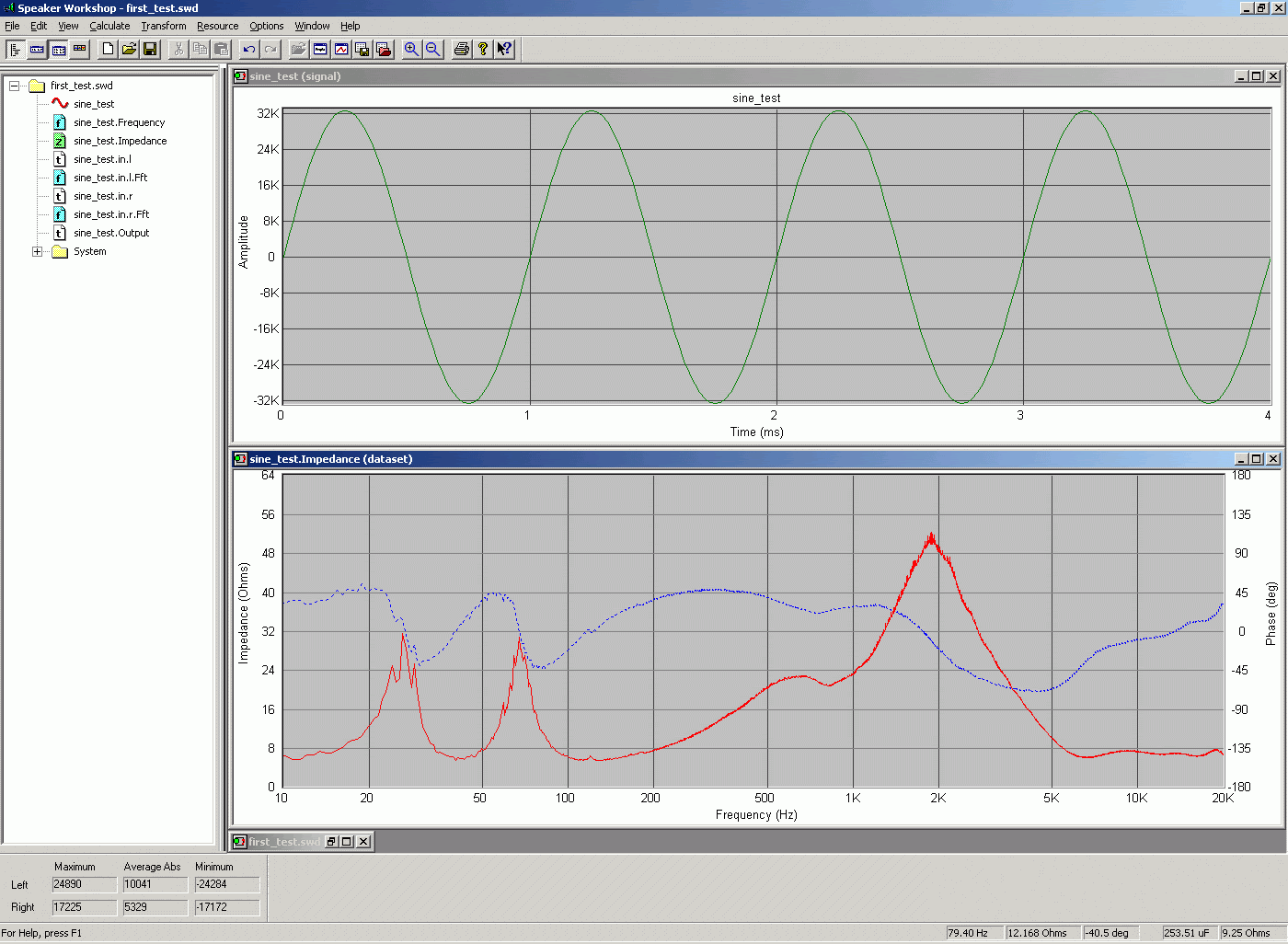
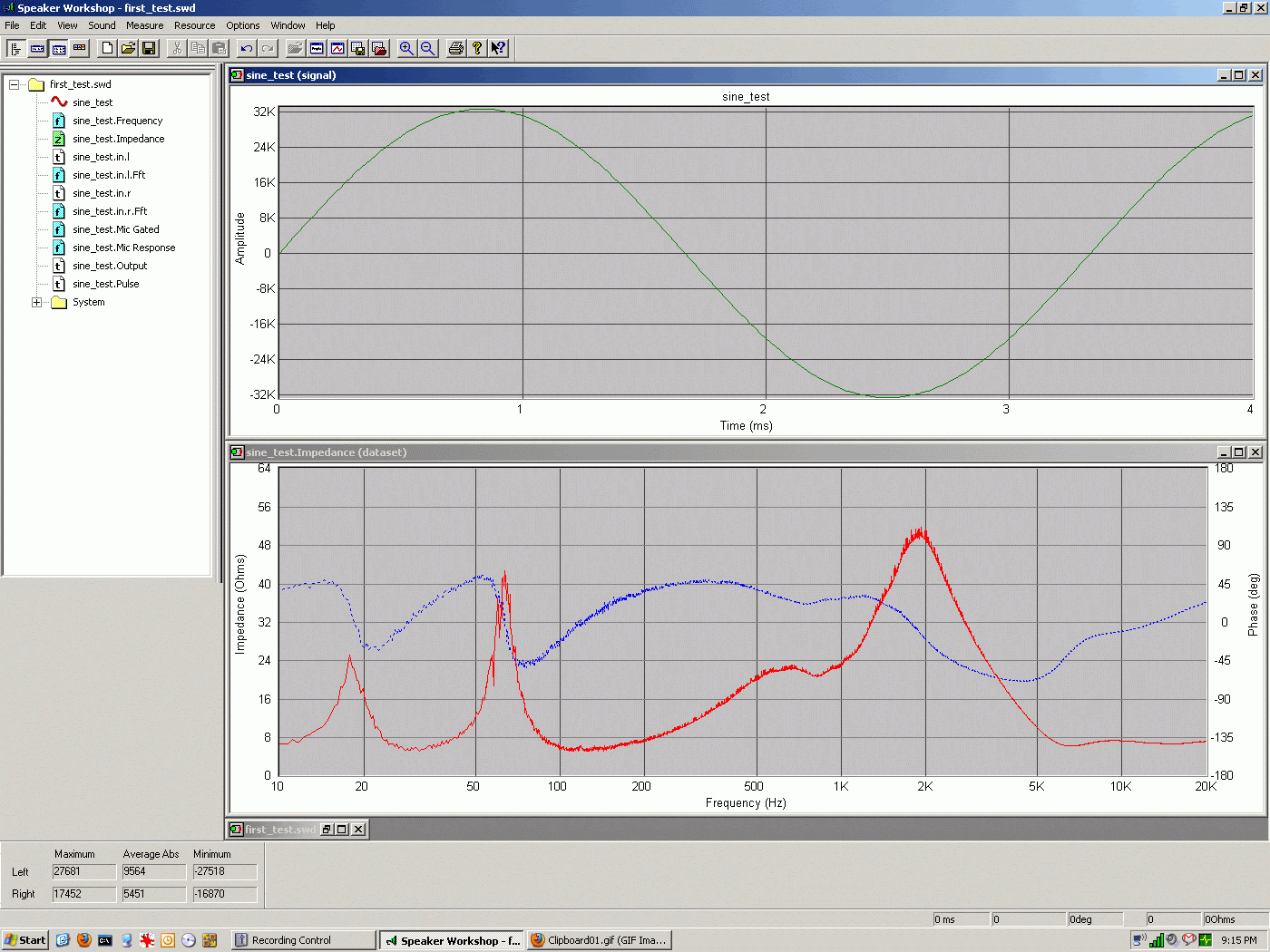
Here's the dimensions and a good image of the port I used. I'll try to develop the motivation to pull the port out, and cut it off at the first notch mark to see if the measurements are closer to ideal.

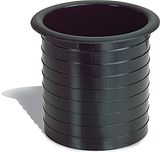
"It's a different experience; the noise occlusion, crisp, clear sound, and defined powerful bass. Strong bass does not corrupt the higher frequencies, giving a very different overall feel of the sound, one that is, in my opinion, quite unique."
